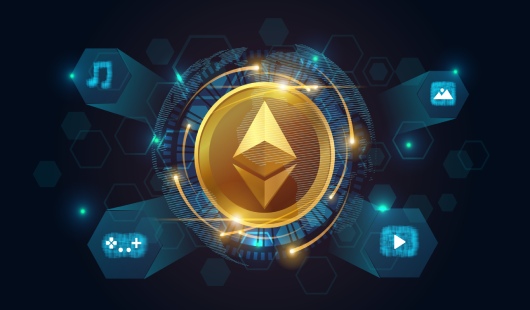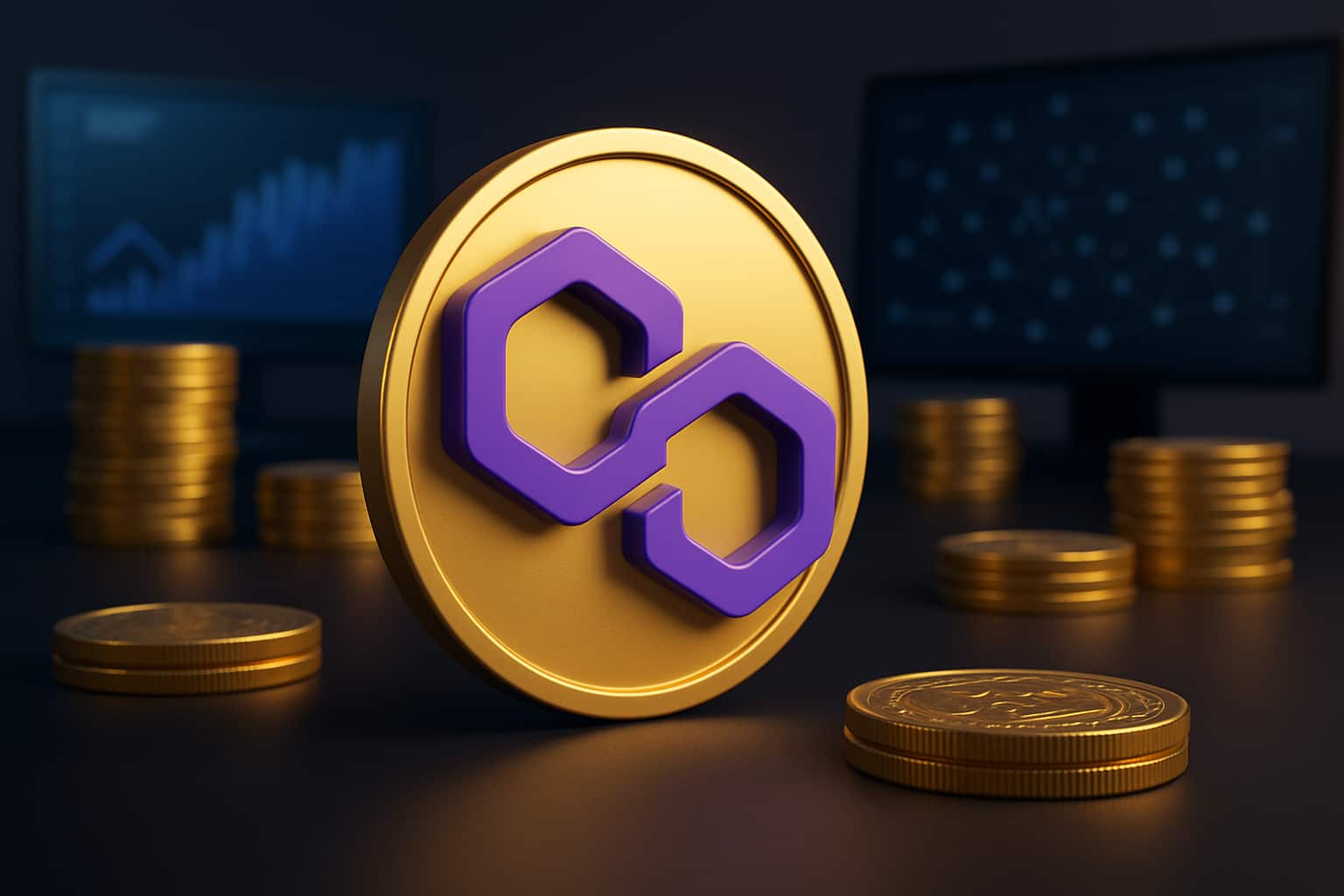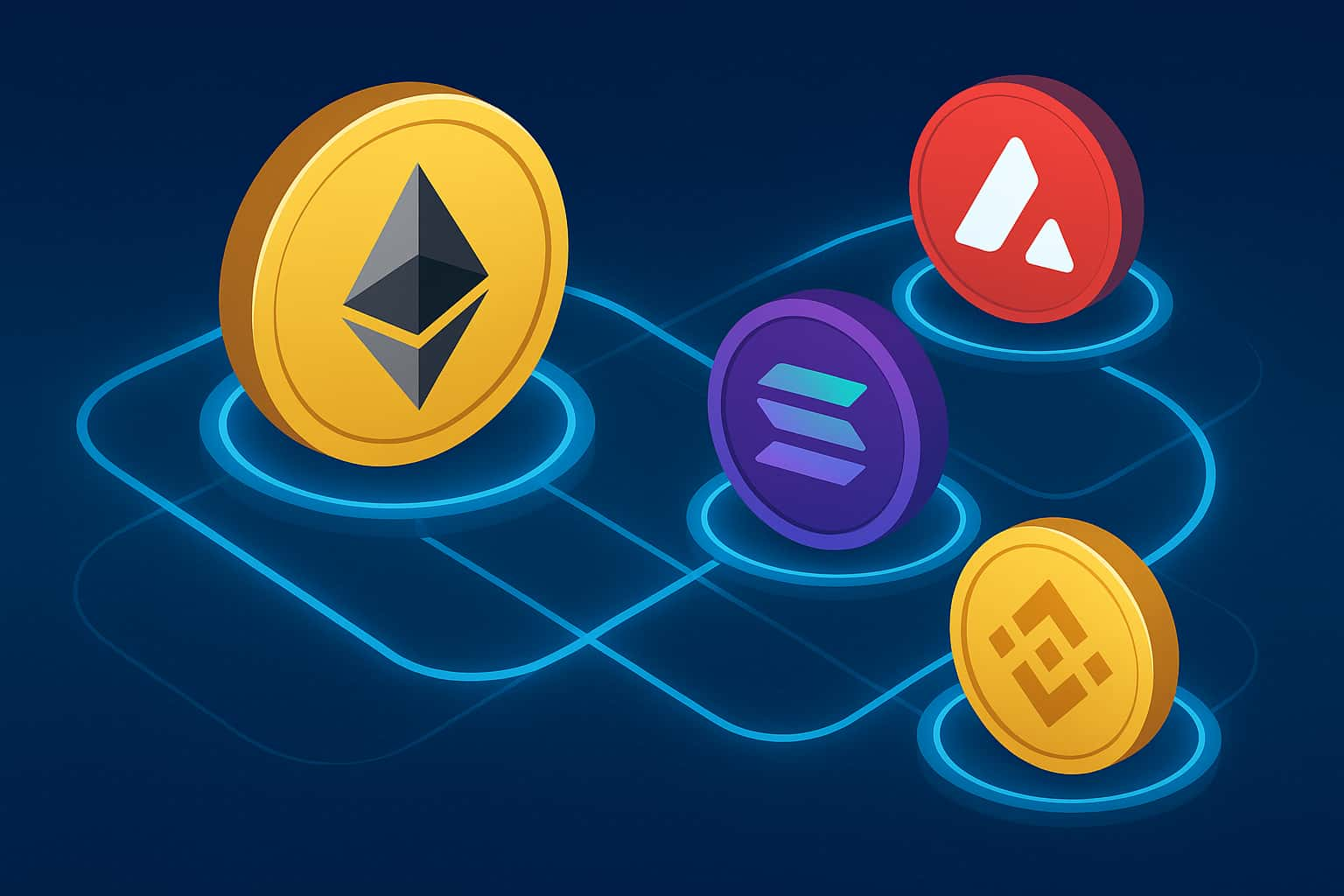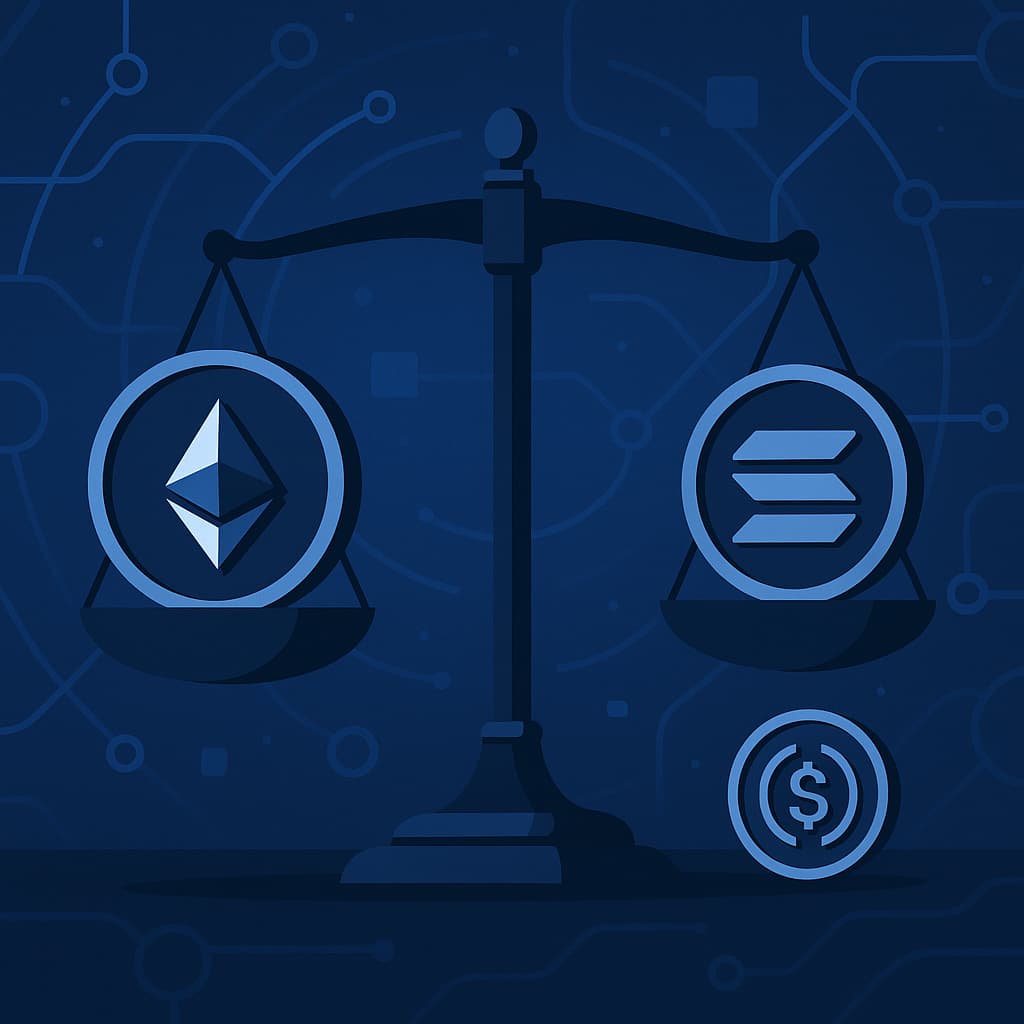-
The Ethereum blockchain has emerged as a fertile ground for exponential growth and innovation, particularly regarding tokens. These digital assets, powered by smart contracts, fuel various applications, from DeFi to non-fungible tokens (NFTs) and beyond. However, with a growing number of ERC (Ethereum Request for Comment) standards, understanding which one to use for your project can take time and effort.
Ethereum app development services offer essential expertise for projects that wish to utilize these standards. They help navigate the complexities of token implementation, ensuring smooth integration within the broader Ethereum development services ecosystem.
This blog dives into the top ERC token standards in 2024, exploring their functionalities and highlighting the use cases that make them stand out.
What are ERC Token Standards?
ERC Token Standards refer to a series of proposals from the Ethereum community aimed at enhancing the Ethereum network. Standing for "Ethereum Request for Comment," ERC standards define the rules and specifications Ethereum-based tokens must follow to ensure interoperability and compatibility across various applications and wallets.
You may also like | Understanding ERC-404 | The Unofficial Token Standard
Navigating the Ethereum Tokenverse: Top ERC Standards in 2024
ERC-20: The Cornerstone of Fungible Tokens
The ERC standards, ERC-20, established the blueprint for fungible tokens on Ethereum. Fungible tokens, like shares of a stock or utility tokens within a dApp, are interchangeable and hold equal value. ERC-20 defines a set of functions – transfer, balance inquiries, and approval – that ensure seamless interaction between tokens and wallets, exchanges, and other smart contracts.
This standardization has fueled the widespread adoption of ERC-20 tokens, making them compatible with a vast ecosystem of tools and services. Popular projects like Tether (USDT), Chainlink (LINK), and Basic Attention Token (BAT) all leverage the ERC-20 standard.
Discover more | ERC-20 Token Standard | Development Essentials
ERC-721: Unlocking the World of NFTs
ERC-721 revolutionized the way digital ownership is represented. It introduced non-fungible tokens (NFTs) with unique properties and characteristics. This standard enables the creation of one-of-a-kind digital assets like artwork, collectibles, and even in-game items.
The ability to verify ownership and track provenance on the blockchain has opened doors for a booming NFT market. From iconic artworks like CryptoPunks to digital sports memorabilia, ERC-721 empowers creators and collectors in a way never before possible.
Also, Read | ERC-721 Non-Fungible Token Standard Development
ERC-1155: Embracing Flexibility with Semi-Fungible Tokens
ERC-1155 offers a hybrid approach, catering to both fungible and non-fungible assets within a single smart contract. This standard allows creators to issue various token types – fungible tokens (like game currency) alongside non-fungible ones (like unique character upgrades) – under one umbrella.
This flexibility makes ERC-1155 ideal for games, supply chain management, and other applications where managing a diverse range of digital assets is necessary. For instance, a game developer could use ERC-1155 to represent in-game currency (fungible) alongside unique character skins (non-fungible).
Also, Check | ERC-1155 | An Introduction to Multi Token Standard Development
ERC-777: Streamlining Token Transfers
ERC-777 builds upon the foundation of ERC-20, aiming to improve token transfer functionality. It introduces new features like a "send" function, allowing for more efficient transfers with additional security measures. This can be particularly beneficial for scenarios where automatic token transfers occur, such as loyalty programs or subscription services.
While still under development, ERC-777 presents a compelling option for projects requiring enhanced security and streamlined token transfer processes.
You may also like | ERC-4337: Ethereum's Account Abstraction Proposal
Beyond the Big Four: Exploring Emerging Standards
The Ethereum token landscape constantly evolves, with new standards emerging to address specific needs. Here are a few worth keeping an eye on:
ERC-1400
This standard focuses on security tokens, which represent real-world assets like stocks on the blockchain and have compliance features.
ERC-884
Designed for identity management, ERC-884 enables the creation of self-sovereign identity tokens, empowering users to control their digital identities.
ERC-223
An improved version of ERC-20 that tries to prevent accidental token transfers by adding a safety mechanism. Not as commonly used as ERC-20.
ERC-4626
ERC-4626, also known as the Tokenized Vault Standard, is another important ERC standard to be aware of in 2024. It's specifically designed for yield-bearing vaults.
Explore more | Unexplored ERC Token Standards On Ethereum
Choosing the Right ERC Standard for Your Project
Selecting the most suitable ERC standard depends on the nature of your project. Here's a quick breakdown to guide your decision:
Fungible tokens: ERC-20 is the clear choice for fungible tokens like utility tokens or digital currencies.
Non-fungible tokens: ERC-721 is the go-to standard for creating unique digital assets like NFTs.
Hybrid fungible/non-fungible assets: ERC-1155 offers flexibility for managing both types of tokens within a single contract.
Security tokens: ERC-1400 provides enhanced security features for representing real-world assets on the blockchain.
Also, Read | Tokenization of RWA (Real-World Assets): A Comprehensive Guide
Conclusion
The world of ERC token standards is dynamic, with continuous innovation shaping the future of the Ethereum token landscape. By understanding these standards' core functionalities and use cases, you'll be well-equipped to navigate this ever-evolving space and choose the right tools to power your next groundbreaking project on the Ethereum blockchain.
Elevate Your Ethereum Project with Oodles Blockchain
ERC token standards can be complex, but Oodles Blockchain makes it simple. Using our expert Ethereum development services, we simplify creating a project with ERC token standards. Our experts help you choose the right ERC standard, build secure smart contracts, navigate compliance with tokens like ERC-1400, and enhance performance using advanced standards like ERC-777. Contact our blockchain developers today for seamless token launch solutions.

Our Offices
INDIA
Emaar Digital Greens, Sector 61,
Gurugram, Haryana
122011.
Welldone Tech Park,
Sector 48, Sohna road,
Gurugram, Haryana
122018.















